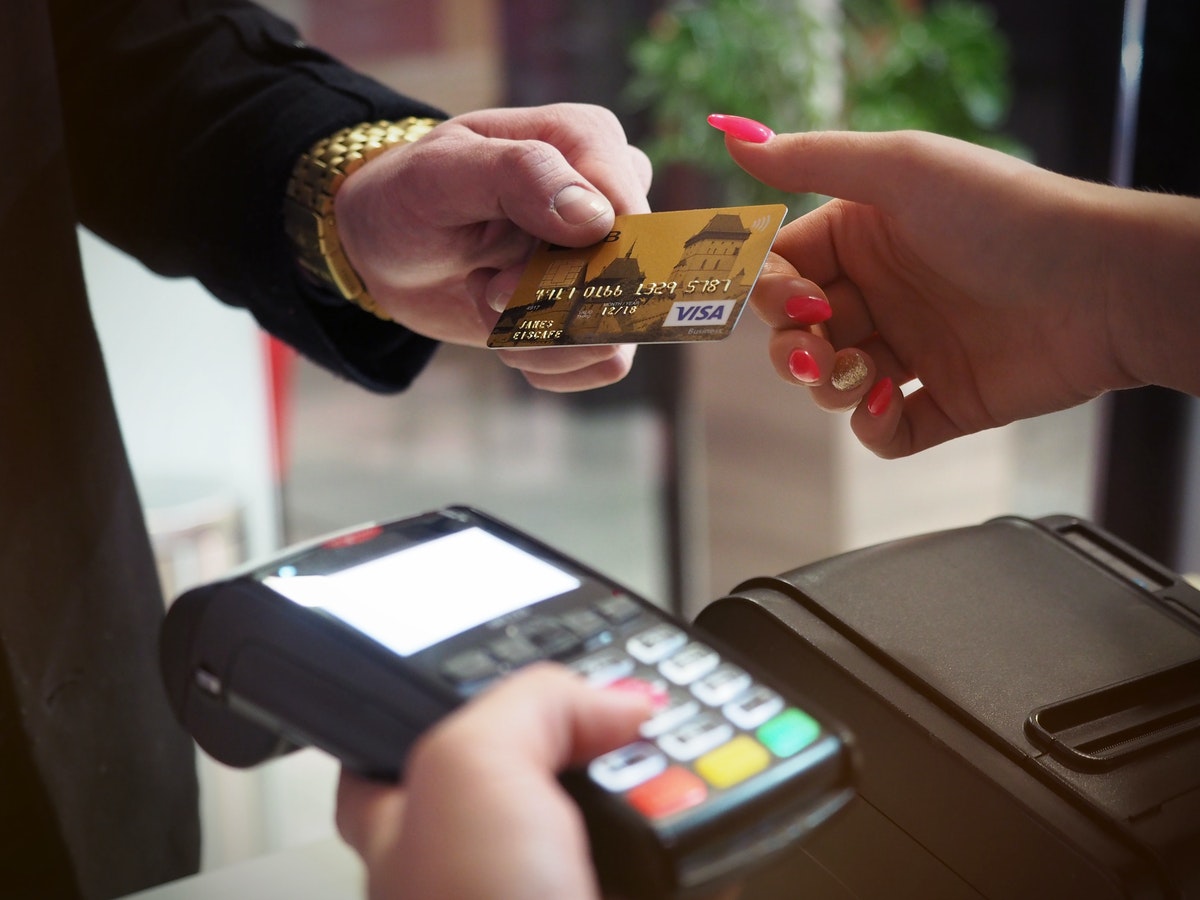Are you using the right card for the right situation? Many people don’t realize that choosing between an ATM and a debit card can significantly impact their finances. Using the wrong card at the wrong time can lead to unnecessary fees and unexpected limitations.

Knowing which card to use is essential whether you’re withdrawing cash, making everyday purchases, or covering emergencies. This guide will explain the differences between ATM and debit cards, when to use each, and highlight the hidden costs of making the wrong choice.
ATM and Debit Cards: What Sets Them Apart?
Though ATM and debit cards may look similar, they serve distinct purposes. An ATM card is strictly for withdrawing cash from an ATM and is linked directly to a checking or savings account. Debit cards, on the other hand, offer more flexibility. They can be used for cash withdrawals and everyday purchases, deducting funds directly from your bank account.
The key difference between ATM and debit cards lies in their functionality—while an ATM card is limited to cash access, a debit card allows for both withdrawals and direct purchases. This distinction is essential when choosing which card to use, as a debit card provides the convenience of making purchases without relying on cash. Understanding how each works can help you make smarter financial decisions and avoid unnecessary fees.
When to Use an ATM Card
ATM cards are straightforward. They exist for one reason: to provide access to cash. If your bank has issued you an ATM-only card, you won’t be able to use it for purchases. These cards are best used when you need quick cash and want to avoid the temptation of overspending.
However, withdrawal cards come with limitations. You may be charged extra fees if you withdraw cash from an ATM outside your bank’s network. Some banks charge withdrawal and processing fees, which can quickly increase if you rely on ATMs frequently. There’s also the issue of daily withdrawal limits, which can be frustrating in emergencies. While withdrawal cards are helpful, they’re only practical if you use them within your bank’s network to avoid unnecessary costs.
When to Use a Debit Card
Debit cards are a convenient alternative to carrying cash. They’re ideal for everyday purchases, such as groceries, gas, or dining out, because they pull money directly from your checking account. Unlike other financial tools that let you borrow money, debit cards help you spend only what you have, making them a great budgeting tool.
Despite their convenience, debit cards come with risks. One of the biggest concerns is overdraft fees. If you don’t monitor your balance closely, you could spend more than what’s in your account, triggering costly fees. Fraud protection is also weaker compared to other payment methods. If someone steals your debit card information, it can take time to get your money back, and in some cases, you may not be fully reimbursed.
Still, debit cards are a solid choice for those who prefer to avoid debt and interest charges. Monitor your account balance to prevent overdrafts and enable transaction alerts for added security.
The Hidden Costs of Using the Wrong Card
Many don’t realize that choosing the wrong card for a transaction can lead to unnecessary fees and expenses. For example, using a debit card for international purchases can incur foreign transaction fees.
Overdraft fees are another hidden cost to watch for. When using a debit card, spending more than your available balance can lead to fees that quickly add up. If you frequently run into overdrafts, setting up an overdraft protection plan or linking your debit card to a savings account may help reduce costs.
Understanding how these fees work can help you make better financial decisions. The costs are worth considering before you swipe your card or make an ATM withdrawal.
The Benefits of Digital Wallets and Contactless Payments
As technology evolves, digital wallets and contactless payments are becoming more popular. Debit cards can now be linked to mobile payment apps, allowing seamless transactions without physically swiping or inserting your card. This adds convenience and enhances security by reducing card skimmers and fraud exposure.
Many banks also offer enhanced security features when using mobile payments, such as tokenization, which ensures your card number isn’t shared with merchants. If you frequently use your debit card for transactions, exploring digital wallets may help streamline your payments while providing additional security.
How to Maximize the Use of Your Debit Card
To get the most out of your debit card, consider setting up account alerts that notify you of low balances, unusual transactions, or withdrawals. This helps you stay on top of your spending and detect potential fraud quickly.
Additionally, checking your bank’s policies on transaction fees, overdraft protection, and card security features can save you money in the long run. Some banks offer fee-free debit cards or rewards programs for using your debit card at preferred retailers. Exploring these options can help you maximize your spending while avoiding unnecessary fees.

Tips for Choosing the Right Card for Every Situation
The best way to avoid unnecessary fees is to match the card to the situation. A debit card is ideal for everyday purchases, while an ATM card is best for withdrawing cash. If you need money, withdrawing from an ATM with a debit card is usually the safest option—just be sure to avoid out-of-network fees.
Being mindful of which card to use can help you avoid costly mistakes. Understanding the differences between ATMs and debit cards allows you to make smarter financial choices and keep more money in your pocket.
Takeaway
Using the wrong card can cost you more than you think. ATM and debit cards have their place, but failing to use them correctly can lead to fees and unnecessary expenses.
Before making your next transaction, consider whether you’re using the best payment method. A little awareness goes a long way in helping you avoid financial pitfalls and make smarter money decisions.